15 Worst TV Spin-Offs Ever Made
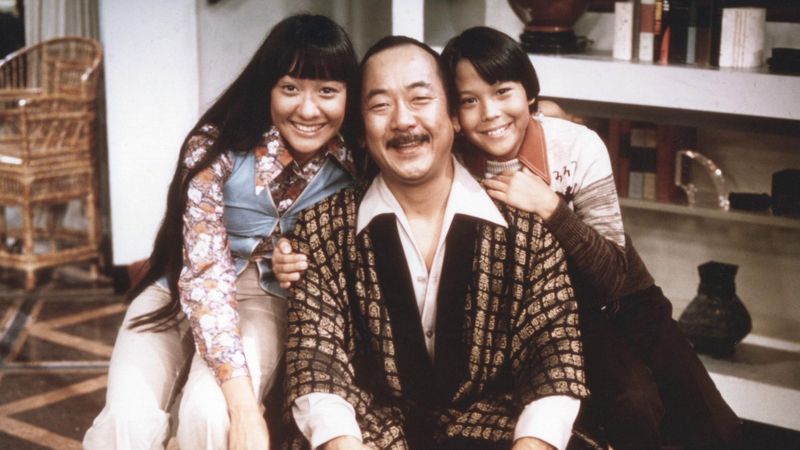
Television networks love creating spin-offs from popular shows, hoping to capture lightning in a bottle twice. Sometimes these new shows become huge hits that outlast their original series. However, many spin-offs crash and burn spectacularly, leaving fans disappointed and networks scrambling to fill time slots.
1. Joey (Friends)
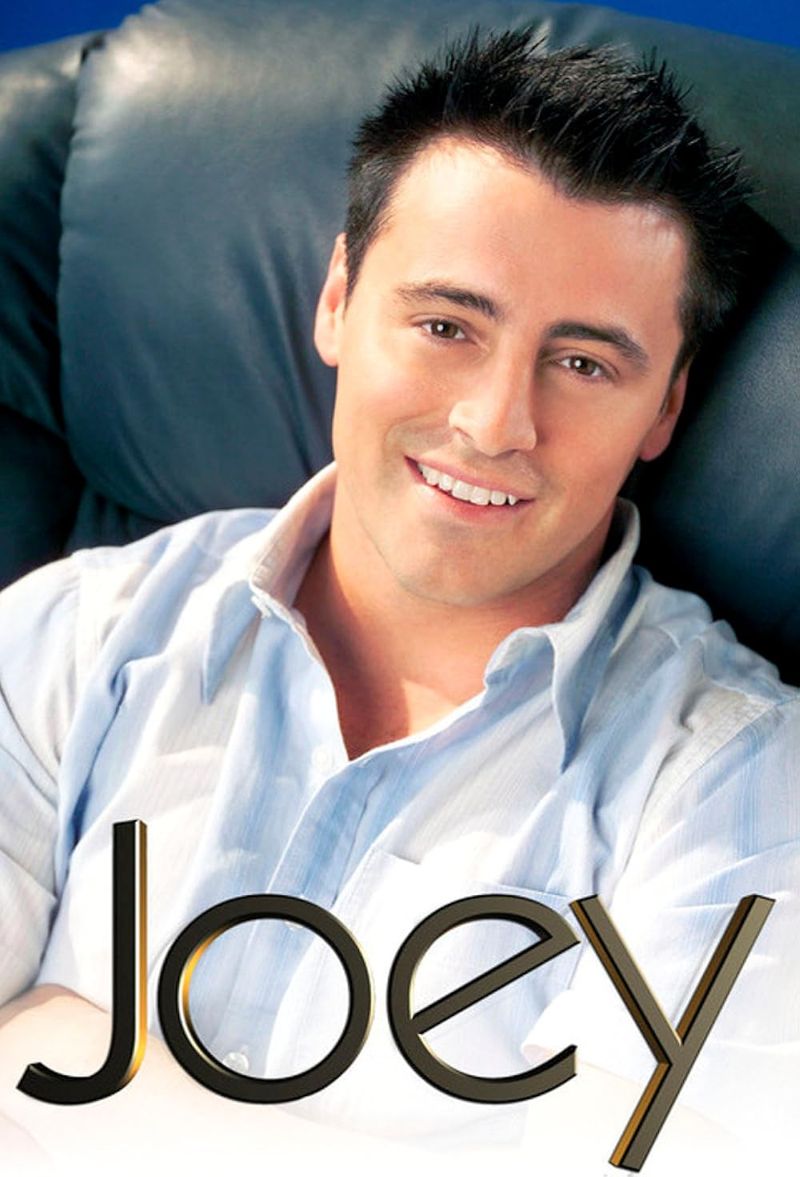
Matt LeBlanc’s lovable character seemed perfect for his own show, but Joey proved that some characters work better as part of an ensemble cast. Moving Joey Tribbiani to Los Angeles stripped away everything that made him charming on Friends.
Without his five best friends to bounce off of, Joey’s childlike behavior and dating mishaps felt hollow and repetitive. The show struggled to find its identity, swinging between sitcom formats and failing to capture the magic of its predecessor.
Despite NBC’s high hopes and generous budget, Joey lasted only two seasons before getting cancelled, proving that friendship chemistry can’t be replicated.
2. Joanie Loves Chachi (Happy Days)
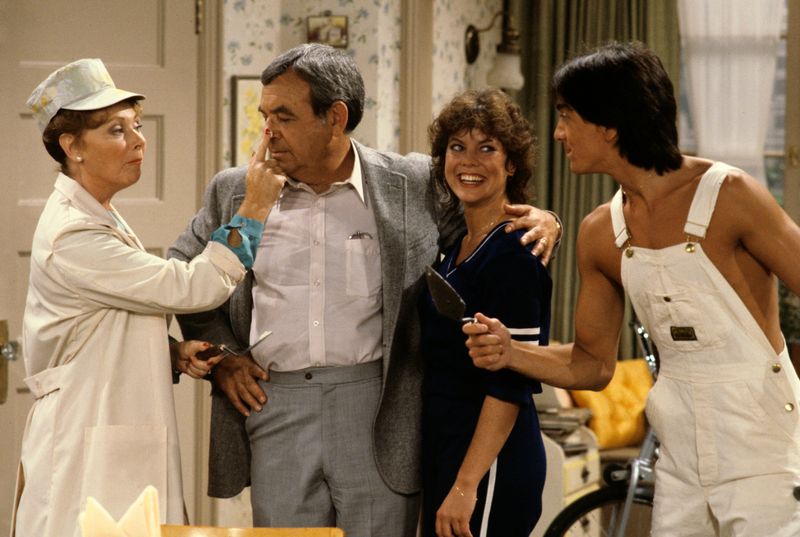
Taking two beloved Happy Days characters and moving them to Chicago seemed like a winning formula, but this spin-off quickly became a punchline. Joanie Cunningham and Chachi Arcola’s romance worked fine as a subplot, but couldn’t sustain an entire series.
The show focused heavily on Chachi’s music career, featuring countless musical performances that felt more like padding than plot development. Viewers missed the warm family dynamics and nostalgic 1950s Milwaukee setting that made Happy Days special.
After just two seasons, the characters returned to Happy Days with their tails between their legs. The spin-off’s failure proved that young love alone isn’t enough to carry a television show.
3. AfterMASH (M*A*S*H)
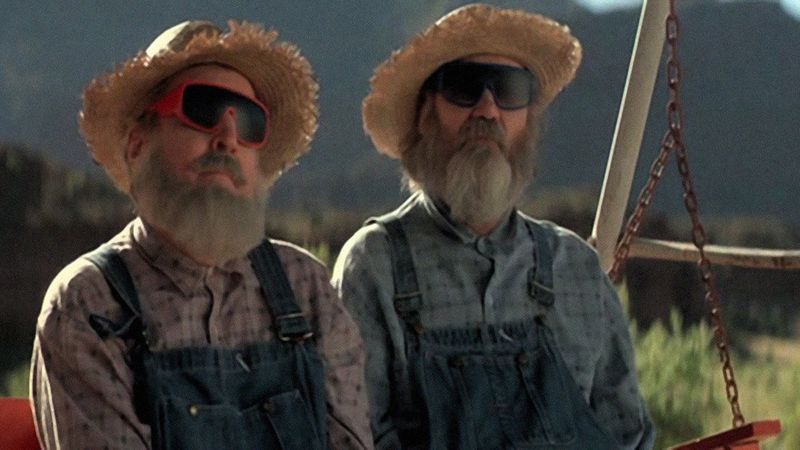
Following one of television’s greatest series was an impossible task, and AfterMASH proved it spectacularly. The show brought back Colonel Potter, Klinger, and Father Mulcahy to work at a veteran’s hospital in Missouri after the Korean War ended.
Without the war setting that gave M*A*S*H its dramatic tension and dark humor, the characters felt lost and purposeless. The show tackled serious issues like PTSD and veteran care, but lacked the sharp writing and ensemble chemistry of its predecessor.
Even die-hard M*A*S*H fans couldn’t stomach this pale imitation. AfterMASH lasted just two seasons, teaching networks that some shows are simply too perfect to follow up successfully.
4. Baywatch Nights (Baywatch)
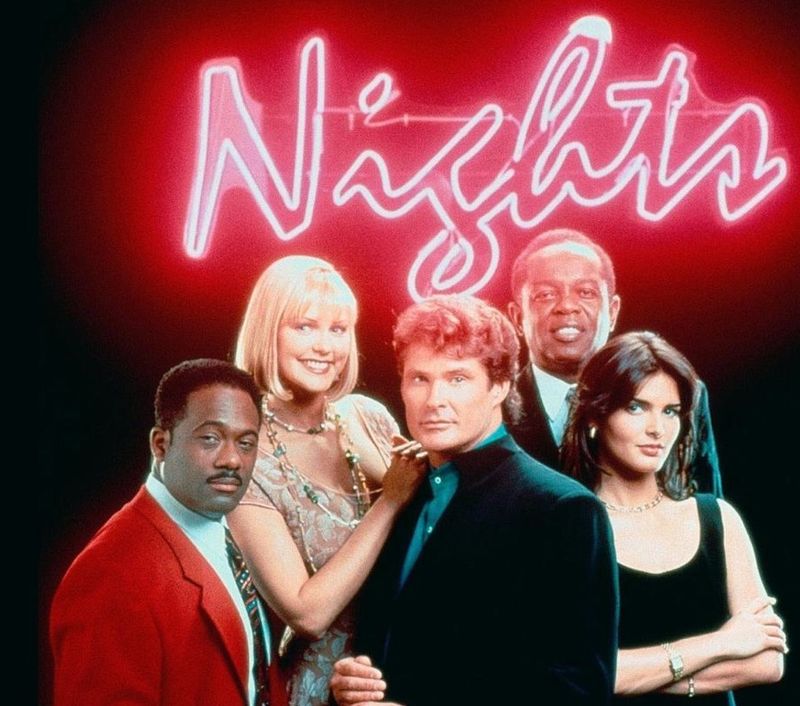
Baywatch Nights started as a detective show but quickly morphed into something resembling The X-Files with beach muscles.
The second season introduced supernatural elements, aliens, and paranormal investigations that felt completely disconnected from the original show’s sunny California vibe. Viewers who tuned in expecting slow-motion beach rescues instead got confused plots about monsters and conspiracies.
The show’s identity crisis became painfully obvious as ratings plummeted. Baywatch Nights proved that adding mystery and supernatural elements to a successful formula doesn’t automatically create television gold.
5. CSI: Cyber (CSI)

Patricia Arquette led this technologically confused entry in the CSI franchise that tried to make computer crimes visually exciting. The show featured laughably unrealistic hacking scenes and cyber-crimes that defied all logic and basic computer knowledge.
Writers seemed to think adding flashy graphics and technical jargon would make boring computer work thrilling to watch. Instead, tech-savvy viewers cringed at every impossible hack and ridiculous cyber-criminal plot.
The show’s portrayal of internet culture felt like it was written by people who had never used a computer. CSI: Cyber lasted just two seasons before getting deleted from CBS’s schedule, proving that not every crime needs its own CSI series.
6. That ’80s Show (That ’70s Show)
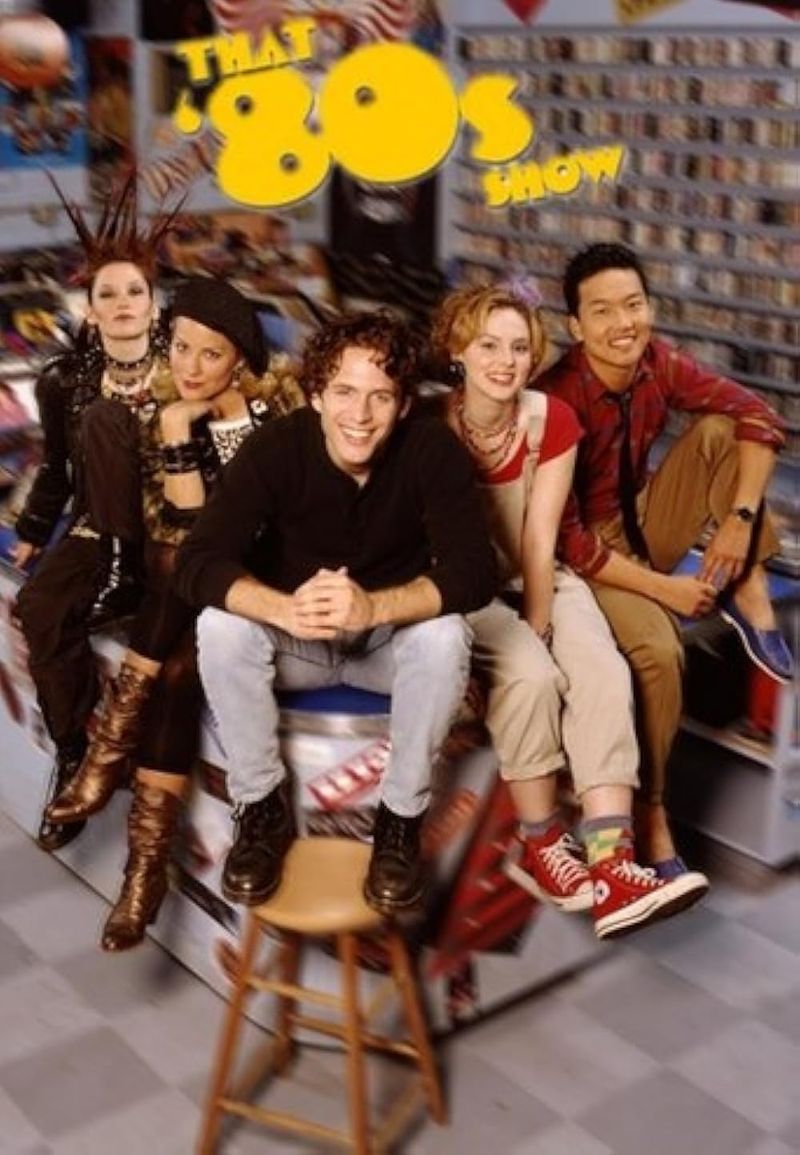
FOX tried to recapture the nostalgic magic of That ’70s Show by simply changing the decade, but That ’80s Show felt like a cheap knockoff from day one. The new cast of teenagers lacked the chemistry and charm that made the original ensemble so beloved.
Despite being set in the supposedly fun 1980s, the show felt stale and forced, relying heavily on decade-specific references instead of genuine character development. The writing lacked the heart and authenticity that made viewers care about Eric Forman and his friends.
The show was cancelled after just one season, becoming a cautionary tale about lazy spin-off concepts. Sometimes changing the setting and cast while keeping the same formula just highlights what made the original special.
7. Living Dolls (Who’s the Boss?)
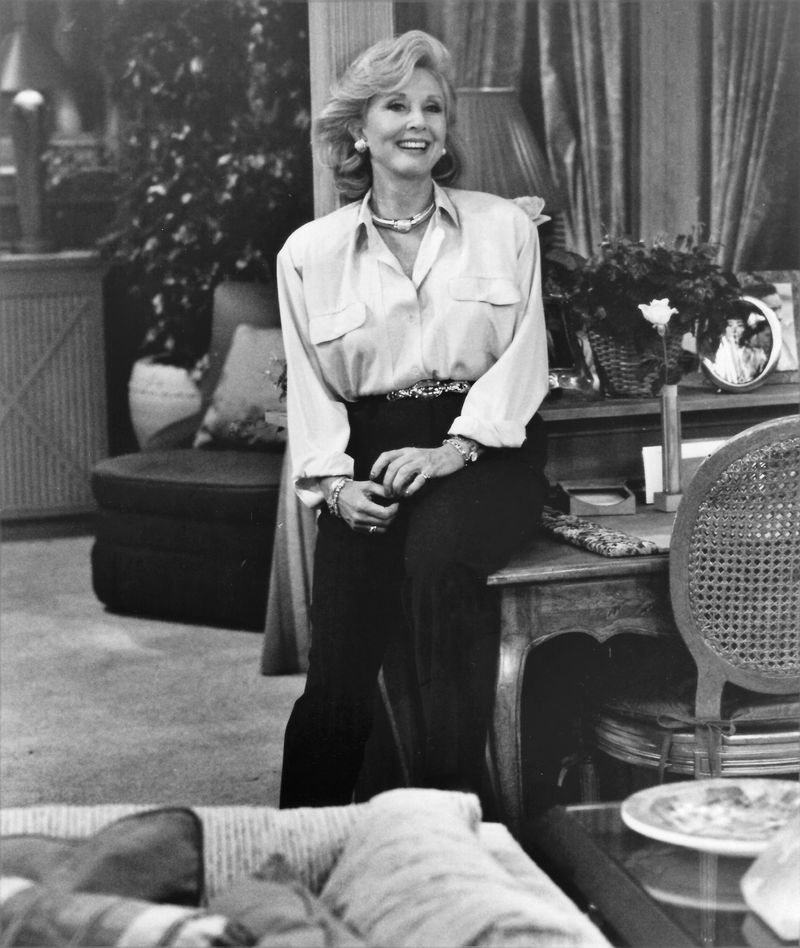
This short-lived spin-off followed Samantha Micelli’s modeling career in New York City, completely missing what made Who’s the Boss work so well. The show focused on young models living together, trading family warmth for shallow fashion industry drama.
Without Tony Danza’s blue-collar charm and the fish-out-of-water dynamic of the original show, Living Dolls felt like generic television fluff. The modeling world setting provided little opportunity for the heartfelt moments that made viewers love the Bower household.
A young Halle Berry appeared in the cast, but even her future star power couldn’t save this misguided concept. Living Dolls was cancelled after just one season, proving that spinning off teenage characters rarely works successfully.
8. The Brady Brides (The Brady Bunch)
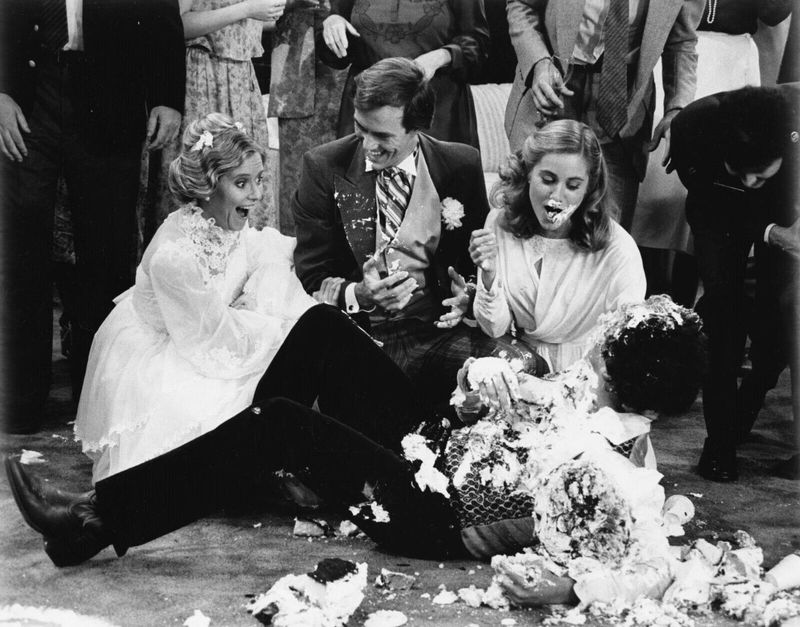
Marcia and Jan Brady returned as newlyweds sharing a house with their husbands in this awkward attempt to update the Brady formula for the 1980s. The show tried to recapture the family sitcom magic but felt forced and unnatural.
Watching the grown Brady girls navigate married life lacked the innocent charm that made the original series a cultural phenomenon. The show’s premise felt contrived, and the adult Brady sisters couldn’t carry a series on their own.
The Brady Brides lasted only one season, joining a long list of failed Brady Bunch revival attempts. Sometimes childhood memories are better left untouched, and this spin-off proved that growing up doesn’t always make for compelling television storytelling.
9. The Girl from U.N.C.L.E. (The Man from U.N.C.L.E.)
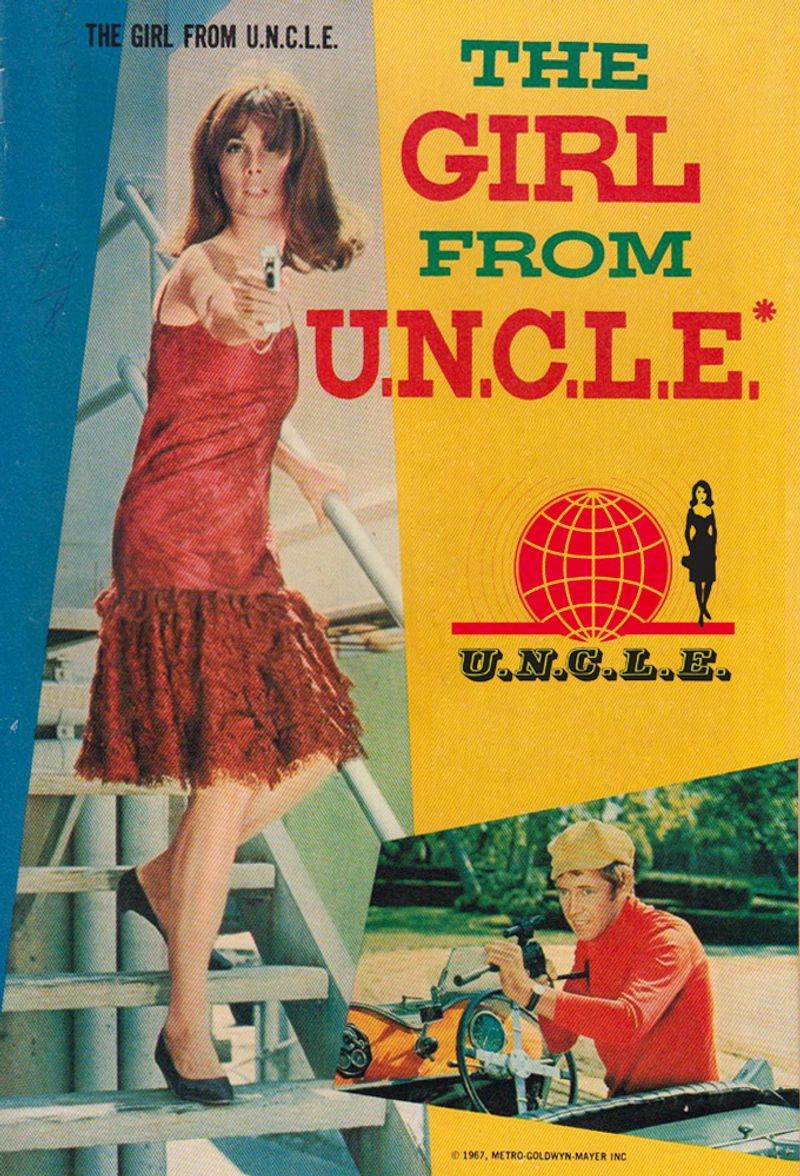
Stefanie Powers starred as April Dancer in this 1960s attempt to capitalize on both the spy craze and women’s liberation movement. While the concept of a female secret agent was progressive, the execution felt like a pale imitation of the original show.
The Girl from U.N.C.L.E. struggled with the same identity crisis that plagued many 1960s shows trying to feature strong female characters. The writing often undermined April’s competence with romantic subplots and situations requiring male rescue.
Despite Powers’ charismatic performance, the show lasted only one season. The spin-off demonstrated how difficult it was to create compelling female-led action shows in the 1960s television landscape, even with a proven formula to follow.
10. Don’t Drink the Water (On the Buses – UK)
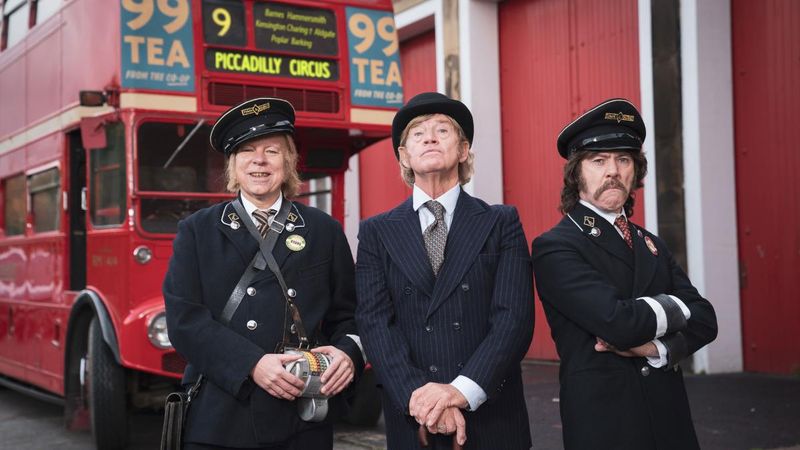
This British spin-off moved the holiday camp setting from the popular On the Buses series but lost all the working-class humor that made the original a hit. The show followed the same characters in a different location, hoping familiarity would equal success.
Without the bus depot setting that grounded the original series, the characters felt displaced and the humor forced. The holiday camp premise provided fewer opportunities for the kind of everyday workplace comedy that British audiences loved.
The spin-off proved that changing a successful show’s setting can destroy the chemistry that made it work originally. Don’t Drink the Water quickly disappeared from British television, remembered only as a footnote to the much more successful On the Buses series.
11. Mr. T and Tina (Welcome Back, Kotter)
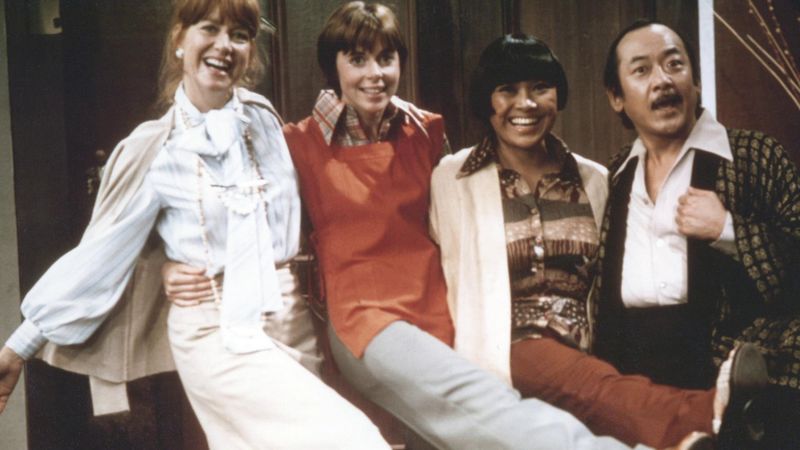
The show relied heavily on stereotypes and cultural misunderstandings for cheap laughs.
Unlike Welcome Back, Kotter’s warm portrayal of working-class Brooklyn life, Mr. T and Tina felt artificial and often offensive. The show’s attempt at cross-cultural comedy came across as patronizing rather than genuinely funny or insightful.
Even Morita’s considerable talent couldn’t overcome the weak writing and questionable premise. The show was cancelled after just one season, becoming an embarrassing example of 1970s television’s insensitive approach to representing minority families and immigrant experiences in America.
12. The Tortellis (Cheers)
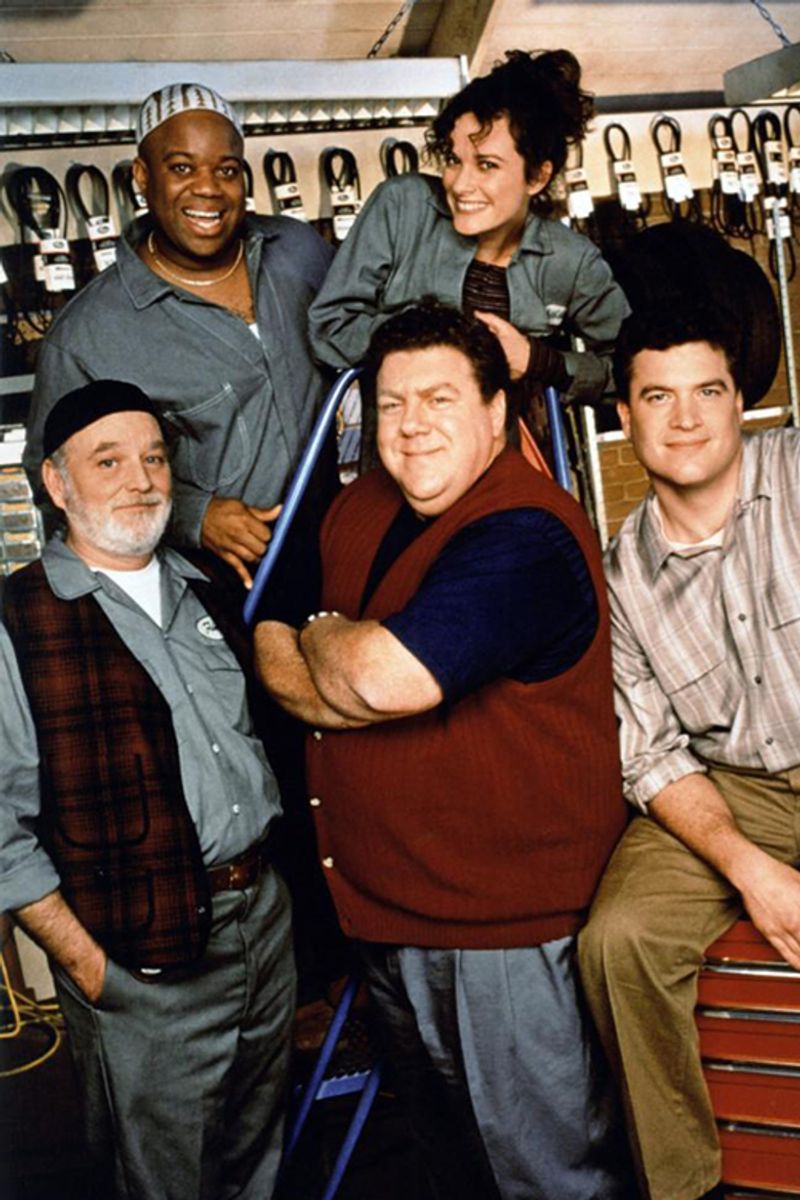
Dan Hedaya and Jean Kasem reprised their roles as Nick and Loretta Tortelli in this spin-off that moved the characters from Boston to Las Vegas. The abrasive couple worked fine as occasional Cheers guests but couldn’t sustain their own series.
Without the warm ensemble cast of Cheers to balance their harsh personalities, the Tortellis became insufferable as main characters. The Las Vegas setting felt random and provided little comedic opportunity beyond tired gambling and showgirl jokes.
The show lasted only one season before getting cancelled, proving that supporting characters don’t always make compelling leads. The Tortellis demonstrated why Cheers worked so well as an ensemble piece, with each character serving a specific purpose in the group dynamic.
13. Phyllis (The Mary Tyler Moore Show)
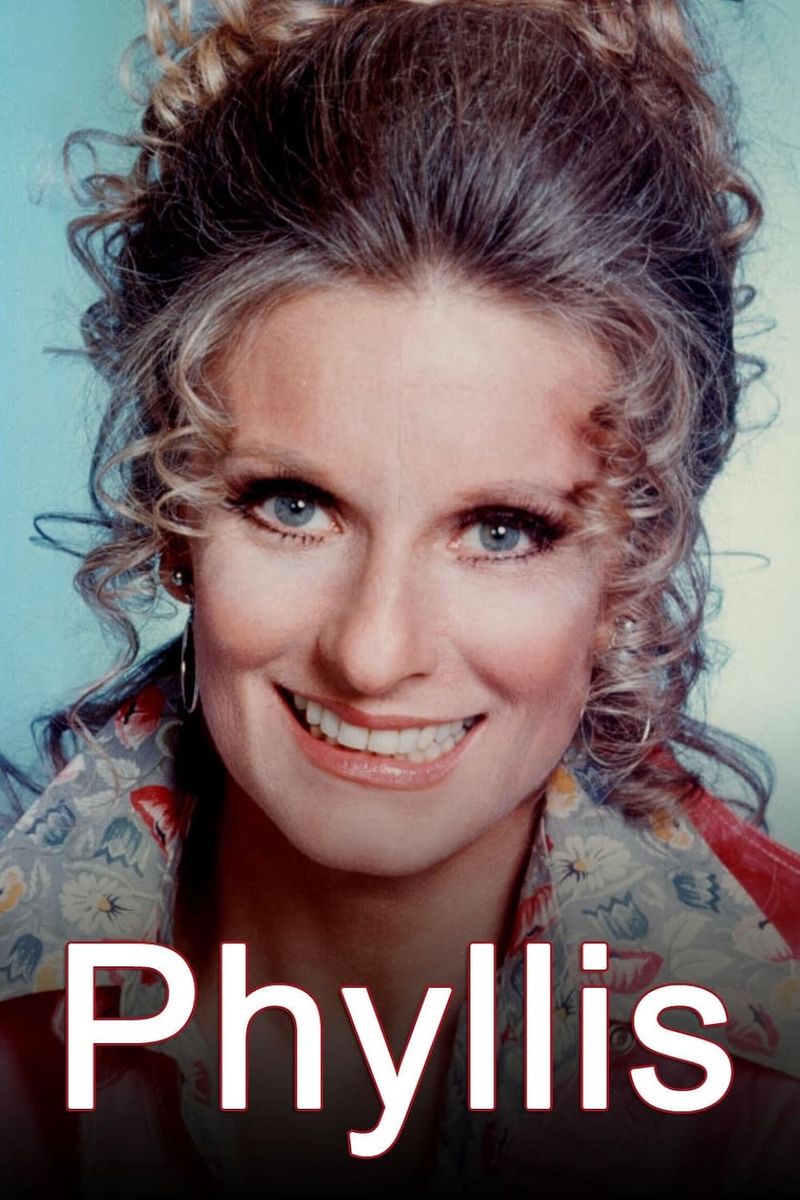
The scene-stealing landlady got her own show after Mary Tyler Moore ended, but Phyllis Lindstrom worked better in small doses. The spin-off moved Phyllis to San Francisco after her husband’s death, trying to reinvent her as a sympathetic widow.
The character’s trademark self-absorption and obliviousness became tiresome when she was the main focus instead of comic relief. Without Mary Richards and the other Minneapolis characters to play off, Phyllis felt one-dimensional and grating.
Despite Leachman’s Emmy-winning performance, the show lasted only two seasons. Phyllis proved that memorable supporting characters don’t always translate successfully to leading roles, even with talented actors behind them.
14. Enos (The Dukes of Hazzard)
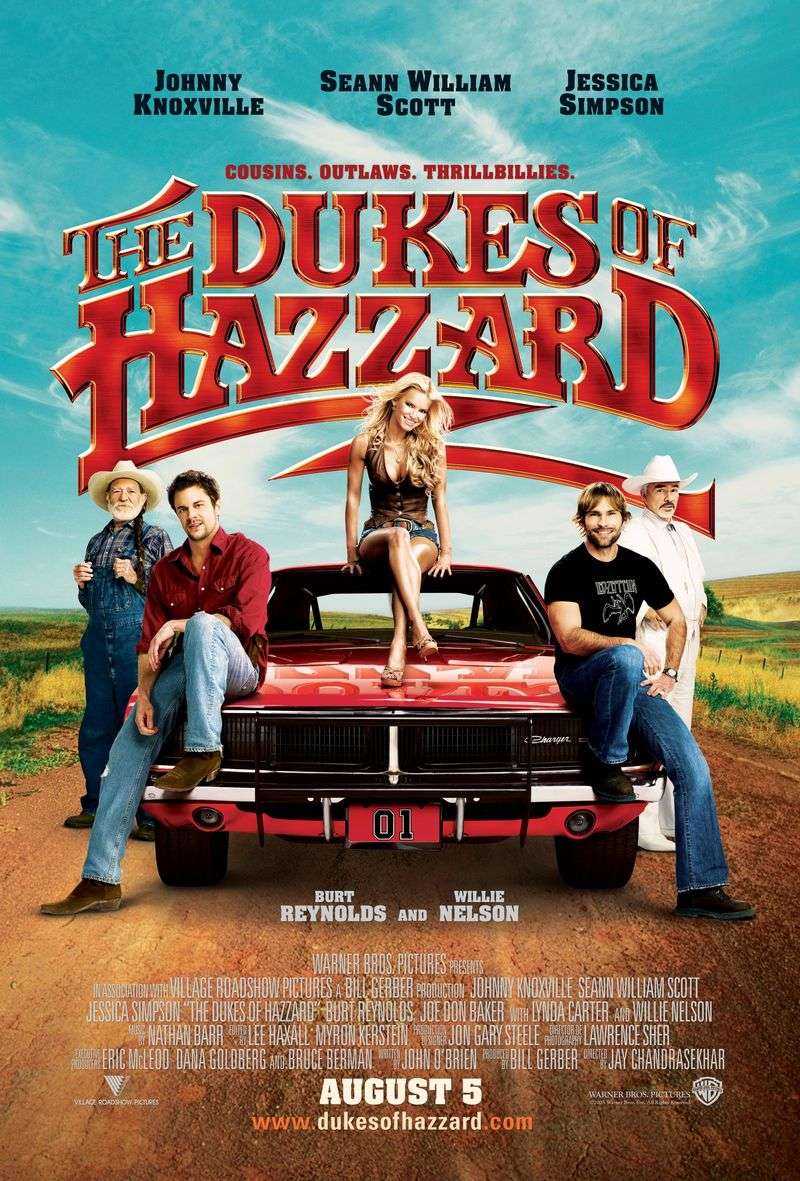
Sonny Shroyer’s bumbling deputy left Hazzard County for Los Angeles police work in this fish-out-of-water spin-off that never found its footing. Enos Strate’s country boy charm worked perfectly in the rural South but felt forced in urban California.
The show tried to maintain the lighthearted tone of Dukes of Hazzard while dealing with serious Los Angeles crime, creating an uncomfortable tonal mismatch. Enos’s naive personality, endearing in small-town Georgia, seemed unrealistic for a big-city police officer.
After just one season, Enos returned to Hazzard County with his tail between his legs. The spin-off demonstrated that removing beloved characters from their natural environment often destroys what made them appealing in the first place.
15. Gloria (All in the Family)
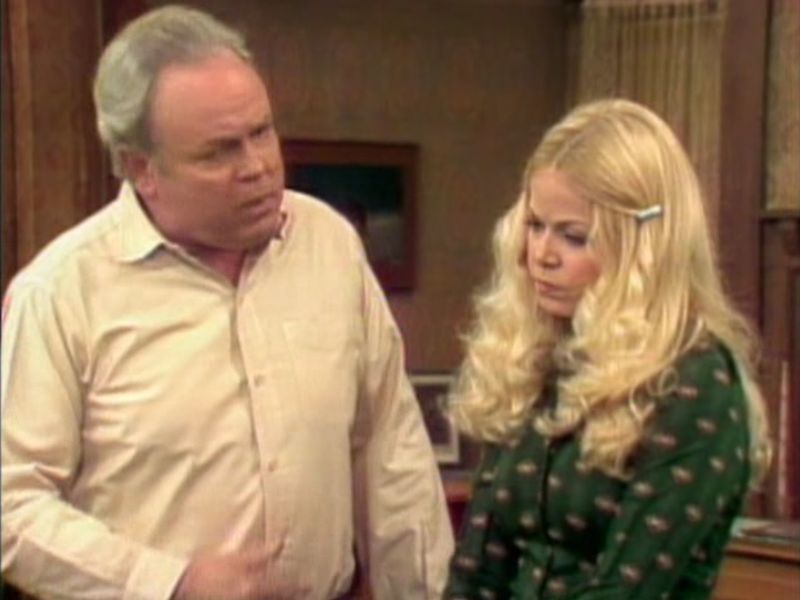
Sally Struthers reprised her role as Gloria Bunker Stivic in this spin-off that followed Archie’s daughter as a single mother starting over in upstate New York. The show attempted to tackle serious social issues but lacked the sharp writing of its predecessor.
Without Carroll O’Connor’s Archie Bunker to create dramatic tension, Gloria felt bland and preachy. The show’s attempts at social commentary came across as heavy-handed rather than the brilliant satire that made All in the Family groundbreaking.
Gloria lasted only one season, proving that even talented actors from successful shows can’t overcome weak concepts and inferior writing. The spin-off highlighted how much All in the Family depended on the complex family dynamics centered around Archie’s controversial character.

Comments
Loading…